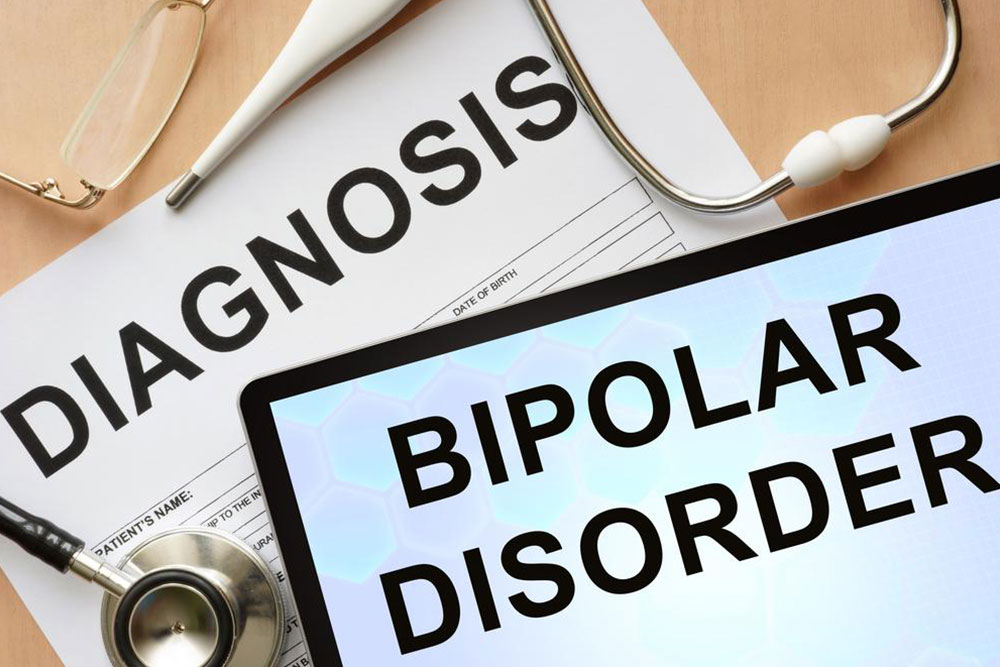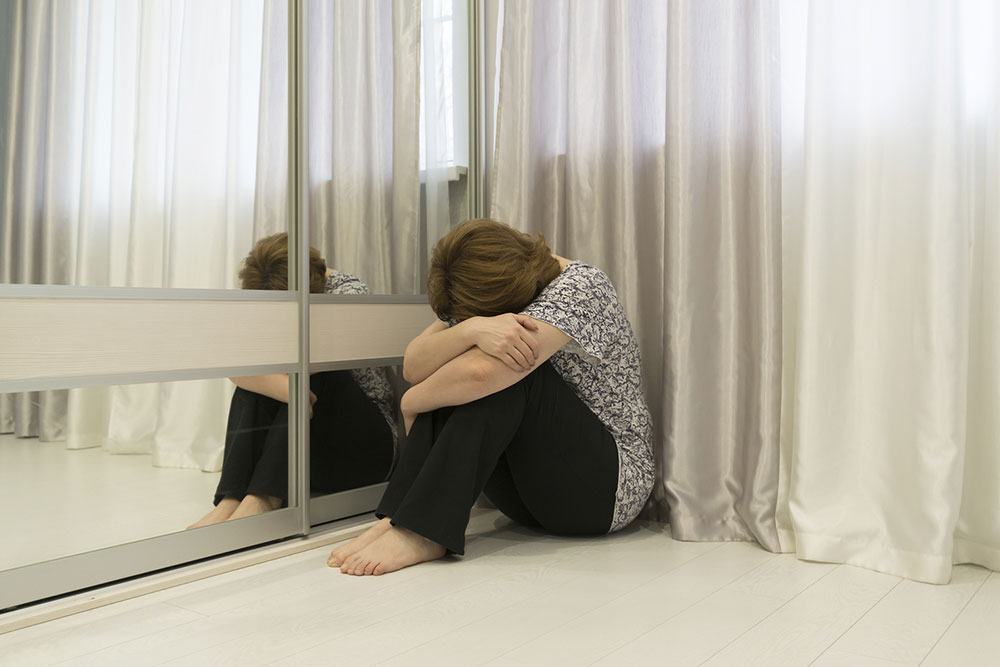Recognizing Key Signs of Bipolar Disorder
This article highlights the key symptoms of bipolar disorder, including manic and depressive phases, and emphasizes the importance of early diagnosis and effective treatment. Recognizing these signs can facilitate better management and support for individuals affected by this complex mental health condition.

Recognizing Key Signs of Bipolar Disorder
Bipolar disorder is a severe mental health condition marked by dramatic shifts in mood, energy, and activity levels. These fluctuations oscillate between episodes of mania—characterized by elevated mood and hyperactivity—and depression, marked by feelings of sadness and low energy. In severe cases, symptoms may co-occur, leading to mixed states where individuals feel both elated and despondent simultaneously. Despite its prevalence, bipolar disorder often remains undiagnosed, complicating treatment and management.
Signs of Mania
The main indicators of the manic phase include:
Feeling unusually euphoric, energetic, or overly excited for extended periods without relief.
A significant reduction in sleep needs due to heightened energy levels.
Talking rapidly, with thoughts racing faster than speech can keep up, making communication difficult.
Marked restlessness and agitation, common in this phase.
Engaging in impulsive and risky behaviors, such as unprotected sex, reckless spending, or gambling with savings.
Depressive Symptoms
Recognizable signs during depression include:
Withdrawing socially from friends and family members.
Loss of interest in hobbies or activities once enjoyed.
Noticeable decrease in appetite or significant weight loss.
Experiencing persistent fatigue or a lack of energy over several days.
Treating Depression in Bipolar Disorder
These symptoms often surface during late adolescence or early adulthood but can also appear in children. Proper diagnosis and treatment ease management considerably, enabling individuals to lead stable lives. Recognizing the complexities of bipolar disorder is essential for effective intervention and support.










